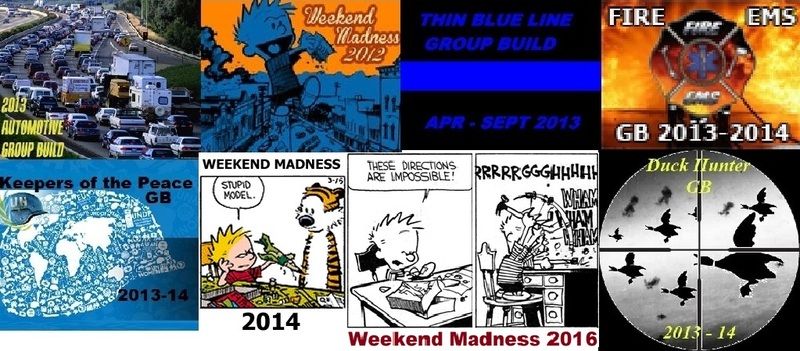stikpusher
But the first American soldiers to wear them in the US Army as part of their US Army uniform were in the FSSF after they completed their jump training. WRONG! The Canadian troopers wore the Maroon Berets of thier British Para brothers, so the US contingent adopted them as well.WRONG! The crossed arrows of today's SF Branch insignia and the arrowhead shape of the patch are lineage related to the FSSF. Both also came from that unit. I'm not saying it was Canucks,,, but it was Canucks!WRONG!
The US Army's adoption of the beret, I'l type s.....l.....o....w....l.....y so you understand, goes back to the British.....PERIOD! After testing in 1955, the 77th Special Forces Group (Airborne) at Fort Bragg specified, still unofficially, that its soldiers wear a beret of Canadian Army design in rifle green. That is the only involvement from you canucks......PERIOD!
As for the maroon beret, again...it's a BRITISH thing (again!) The maroon beret has been the international symbol of airborne forces since its selection for use by the British Parachute Regiment in 1942. The color reportedly was chosen by novelist Daphne Du Maurier, the wife of the British airborne commander, MG Frederick Browning. In 1943 MG Browning granted a battalion of the US Army's 509th Parachute Infantry Regiment honorary membership in the British Parachute Regiment and authorized them to wear British maroon berets.
BTW, originally (from 1890 to 1926), crossed arrows were prescribed for wear by Indian Scouts. During World War II, the crossed arrows were worn as collar insignia by officers and enlisted personnel assigned to the First Special Service Force. As for the patch.....The arrowhead shape represents the craft and stealth of the Native American Warriors who inspired the First Special Service Force and reflect the skill of the Special Forces Soldier. The upturned dagger represents the Fairbairn-Sykes knife used by British Commandos in World War II, a version of which was also used by members of the Office of Strategic Services (OSS). Three bolts of lightning bisecting the dagger evoke the unconventional nature of Special Forces operations and represent their ability to strike or infiltrate rapidly by air, water or land. (I don't see anything about canucks in the history-why do you keep trying to take credit for it?!) 
Greg H
"There is many a boy here today who looks on war as all glory, but, boys, it is all hell." Gen. Wm T. Sherman (11 April 1880, Columbus, Ohio)
